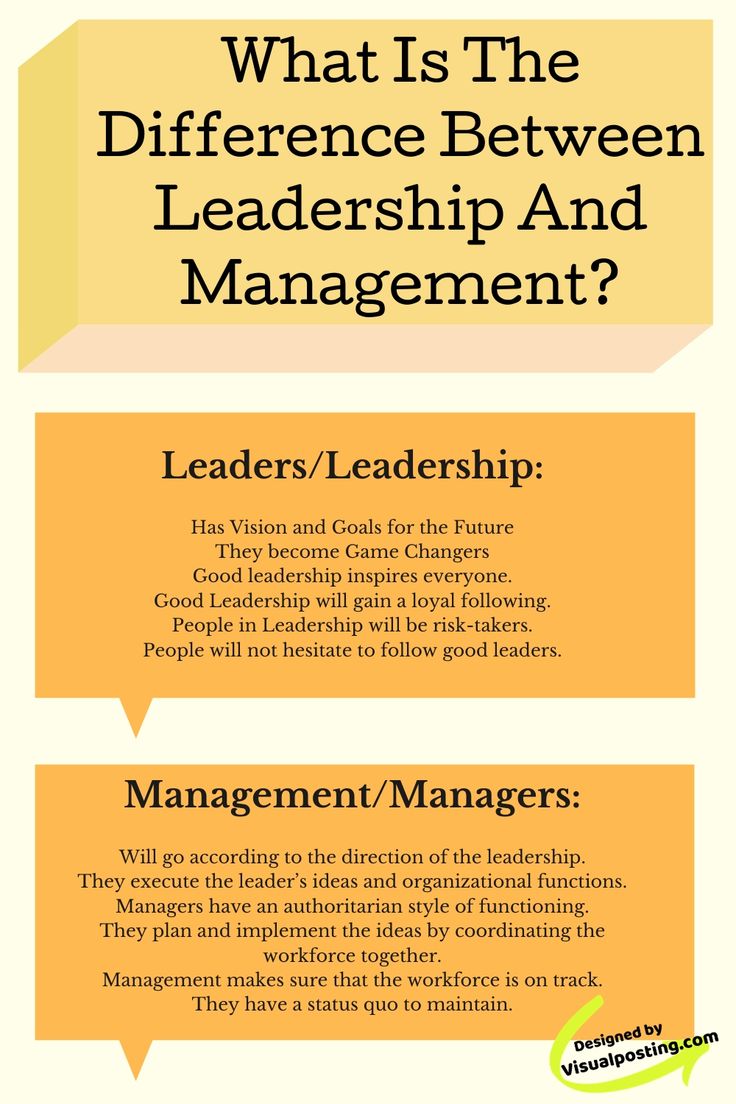The Importance Of Middle Management: A Bridge Between Leadership And Workforce

Table of Contents
The Crucial Role of Middle Management in Communication & Information Flow
Middle managers are essential for ensuring clear and consistent communication flows throughout the organization. They act as a crucial link, translating complex strategies from upper management into actionable plans for their teams, and vice-versa, relaying vital feedback upward.
Relaying Strategic Goals and Initiatives
Effective middle managers translate high-level strategic goals into concrete, achievable objectives for their teams. This involves breaking down complex initiatives into smaller, manageable tasks, ensuring everyone understands their roles and contributions to the overall organizational strategy.
- Effective communication strategies: Utilizing various methods like team meetings, emails, presentations, and one-on-one discussions to ensure clarity.
- Overcoming communication barriers: Identifying and addressing language barriers, cultural differences, and personality conflicts that hinder effective communication.
- Cascading goals: Systematically breaking down organizational goals into department, team, and individual objectives.
- Providing context: Explaining the "why" behind strategic decisions, connecting individual tasks to the larger organizational picture, and boosting team morale.
Gathering Feedback and Reporting Upward
Middle managers are vital for gathering feedback from employees and relaying it to upper management. This upward communication is crucial for identifying potential problems, understanding employee needs, and making informed decisions.
- Importance of upward communication: Creating a two-way communication channel allows for timely problem-solving and prevents issues from escalating.
- Methods for collecting employee feedback: Utilizing surveys, team meetings, suggestion boxes, and regular one-on-one check-ins to gather employee perspectives.
- Techniques for reporting issues and suggestions effectively: Preparing concise and well-organized reports, highlighting key issues and suggesting solutions, and presenting information clearly and objectively.
Middle Management's Impact on Employee Engagement and Motivation
Effective middle managers are instrumental in fostering a positive and productive work environment that boosts employee engagement and motivation. Their role extends beyond task delegation; it encompasses mentorship, team building, and fostering a collaborative spirit.
Mentorship and Development
Middle managers act as mentors and coaches, guiding and supporting their team members' professional growth. This investment in individual development significantly impacts employee engagement and retention.
- Providing training and development opportunities: Identifying skill gaps and providing training programs to upskill employees.
- Coaching and support: Offering regular feedback, guidance, and support to help team members overcome challenges and achieve their goals.
- Fostering a positive work environment: Creating a culture of respect, trust, and collaboration where employees feel valued and appreciated.
- Recognizing and rewarding employee contributions: Acknowledging and rewarding employees for their hard work and achievements, boosting morale and productivity.
Building Strong Teams and Fostering Collaboration
Middle managers play a key role in building cohesive and high-performing teams. They foster collaboration, resolve conflicts, and establish clear roles and responsibilities.
- Team-building activities: Organizing activities to improve team cohesion and communication.
- Conflict resolution: Effectively mediating disagreements and resolving conflicts among team members.
- Promoting collaboration and teamwork: Encouraging teamwork and cross-functional collaboration to achieve shared goals.
- Establishing clear roles and responsibilities: Defining clear roles, responsibilities, and reporting structures to prevent confusion and ensure accountability.
Optimizing Efficiency and Productivity Through Middle Management
Middle managers are vital for optimizing efficiency and productivity within their teams. They manage resources, oversee projects, implement processes, and continuously seek ways to improve workflows.
Resource Allocation and Project Management
Effective middle managers allocate resources efficiently and manage projects effectively, ensuring projects are completed on time and within budget.
- Effective resource allocation strategies: Distributing resources strategically to maximize efficiency and minimize waste.
- Project planning and execution: Developing detailed project plans, assigning tasks, and monitoring progress.
- Monitoring progress and addressing challenges: Regularly tracking progress, identifying potential problems, and taking corrective action.
- Ensuring deadlines are met: Implementing strategies to ensure projects are completed on schedule and within budget.
Implementing and Monitoring Processes
Middle managers play a crucial role in implementing and monitoring processes to ensure they are efficient and effective. They identify bottlenecks, streamline workflows, and implement new technologies to enhance productivity.
- Process improvement initiatives: Identifying areas for improvement and implementing changes to streamline processes.
- Identifying bottlenecks: Pinpointing areas where processes are slowing down and developing solutions to address them.
- Implementing new technologies: Exploring and adopting new technologies to improve efficiency and productivity.
- Streamlining workflows: Simplifying and optimizing workflows to reduce unnecessary steps and improve efficiency.
The Impact of Ineffective Middle Management
The absence of effective middle management or the presence of poorly functioning middle managers can have detrimental effects on an organization. The consequences extend to employee morale, productivity, communication, and ultimately, the bottom line.
Decreased Employee Morale and Productivity
Ineffective middle managers can lead to decreased employee morale and productivity. Poor leadership, lack of support, and unclear communication can create a negative and unproductive work environment.
Communication Breakdowns and Siloed Departments
Poor communication and lack of collaboration among teams, often stemming from ineffective middle management, can result in siloed departments and duplicated efforts.
Increased Turnover and Loss of Talent
Ineffective middle management contributes to employee dissatisfaction and increased turnover, leading to the loss of valuable talent and increased recruitment costs.
Conclusion
Effective middle management is crucial for bridging the gap between leadership and the workforce, fostering communication, boosting employee engagement, and optimizing productivity. They are the linchpin connecting strategic goals with daily operations, ensuring efficient resource allocation, and fostering a positive and productive work environment. Investing in strong middle management is not just an investment in your managers; it’s an investment in the future success of your entire organization. Prioritize developing and supporting your middle management team to reap the rewards of improved communication, increased employee engagement, and enhanced overall productivity. Focus on training your middle managers in communication, mentorship, and efficient project management to build a truly successful organization. Prioritize your investment in middle management today, for a stronger tomorrow.

Featured Posts
-
 Two Days Of Crypto Chaos A Party Report
May 05, 2025
Two Days Of Crypto Chaos A Party Report
May 05, 2025 -
 Remembering Ruth Buzzi A Career In Comedy And Childrens Television
May 05, 2025
Remembering Ruth Buzzi A Career In Comedy And Childrens Television
May 05, 2025 -
 Formula 1 Stars Verstappen And Piquet Announce Birth Of Baby Girl Lily
May 05, 2025
Formula 1 Stars Verstappen And Piquet Announce Birth Of Baby Girl Lily
May 05, 2025 -
 Outrage As Britains Got Talent Semi Final Hit By Fix Allegations
May 05, 2025
Outrage As Britains Got Talent Semi Final Hit By Fix Allegations
May 05, 2025 -
 Hollywood At A Standstill The Actors And Writers Strike Explained
May 05, 2025
Hollywood At A Standstill The Actors And Writers Strike Explained
May 05, 2025
